The New York Rangers have high hopes and big plans for Kaapo Kakko, the Finnish forward who they selected with the No. 2 overall pick in the 2019 NHL Draft, and Alexis Lafreniere, the Canadian left wing who they drafted first overall in 2020.
There’s a long way to go for the two teenagers to become stars, but the Rangers are confident Kakko and Lafreniere will develop into top NHL players. However, they’ll need to do more than just steadily hone their elite skills to succeed in Blueshirts.
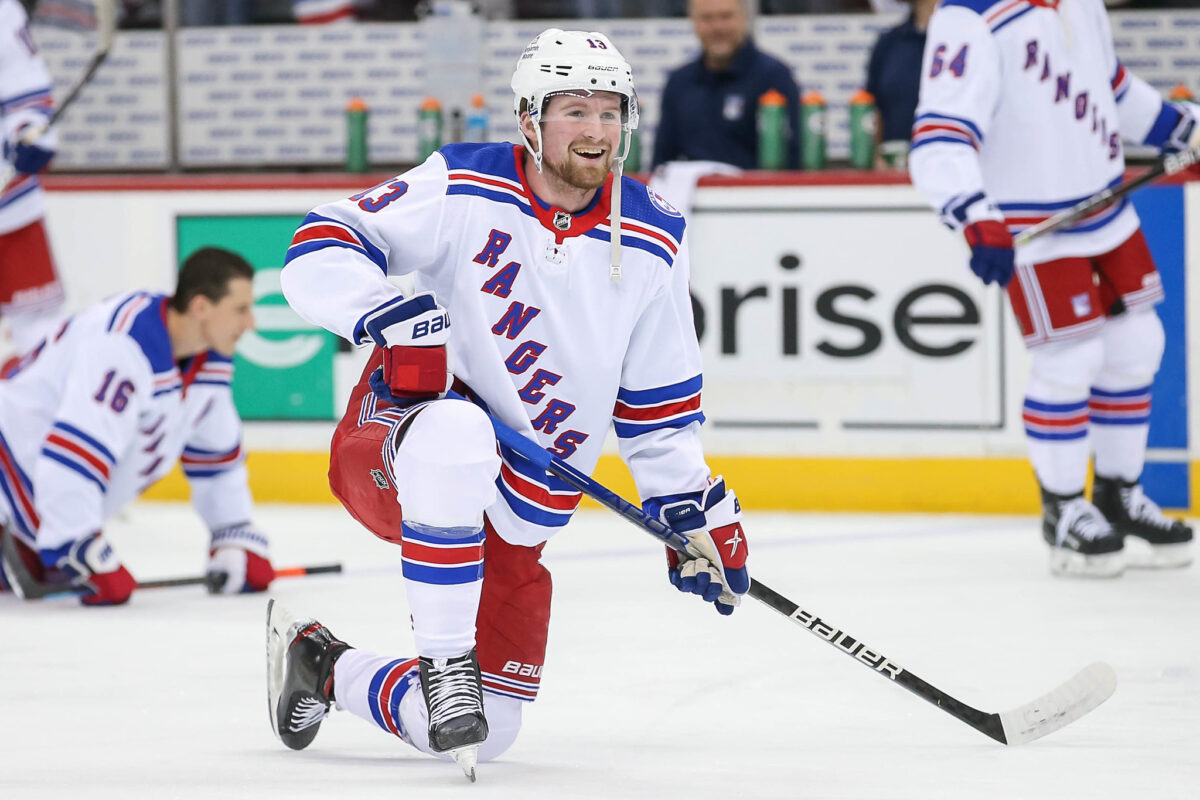
That’s because if both eventually find their way to stardom, they will be among a very small group drafted in the top 10 by the Rangers to do so. That list includes some decent selections and a couple of big success stories, but is largely colored by busts and a raft of painful missed opportunities.
Related: Top 5 Goaltenders of the 1960s
Here’s a look at the lineage of which Kakko and Lafreniere are now a part of. We’ll limit it to drafts starting with 1968, the first under new rules instituted by the NHL which effectively eliminated the previous system under which players could be signed by teams at any age and controlled indefinitely. That change made all the best amateur players available through the draft, as is the case today.
Andre Dupont, 8th, 1969
Andre “Moose” Dupont actually turned out to be a successful NHL player – but not for the Rangers. The big defenseman was traded to the St. Louis Blues after seven games in New York during the 1970-71 season and then found his way to the Philadelphia Flyers in 1972-73, playing eight seasons in the City of Brotherly Love. Dupont’s physicality fit in perfectly with the “Broad Street Bullies” of that era, and he played a key role in them winning Stanley Cups in 1974 and ’75.
Steve Vickers, 10th, 1971
Steve Vickers falls into the exclusive club of draft hits on this list. He recorded 246 goals and 340 assists in 698 games over 10 seasons with the Rangers and was a core member of the perennial Stanley Cup-contending Blueshirts squads of the early 1970s. He won the Calder Trophy as rookie of the year in 1972-73, scoring 30 goals in 61 games, and teamed with Walt Tkaczuk and Bill Fairbairn on one of the best forward lines of the decade.
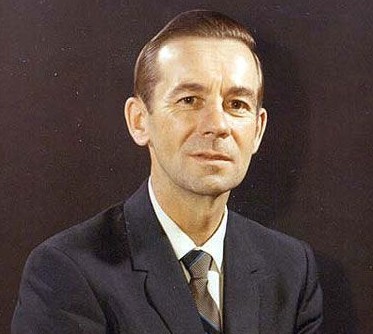
Recording four-straight seasons with 30 or more goals, Vickers also spent time on the Rangers’ top line featuring Hall of Famers Jean Ratelle and Rod Gilbert.
Al Blanchard, 10th, 1972
Al Blanchard never played in the NHL, turning in stints for three AHL teams from 1972-76. He scored 50 goals and added 45 assists in 61 games with the Kitchener Rangers of the Ontario Hockey Association in 1971-72, playing on a line with future Hall of Famer Bill Barber.
Don Murdoch, 6th, 1976
For four seasons, Don Murdoch looked to be on his way to Rangers immortality – before he took a turn toward eventual infamy. The forward scored 98 goals from 1976-77 through 1979-80, with 32 as a rookie that included a five-goal game.
Murdoch, though, would play only 99 more NHL games – none for the Rangers. The signs of impending trouble were clear during the 1977 offseason, when he was caught by customs agents in Toronto with cocaine hidden in his socks. Murdoch was suspended for 40 games of the 1978-79 season (after initially being banned for the entire campaign).
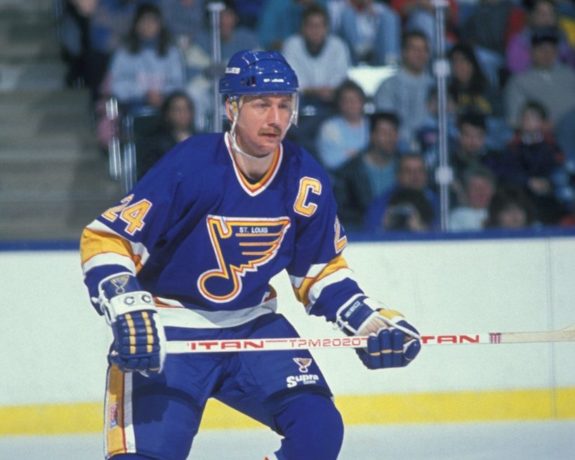
Murdoch’s admitted substance-abuse problem led to abbreviated stints with the Edmonton Oilers and Detroit Red Wings, but most of the remainder of his hockey career was limited to the American Hockey League and International Hockey League.
Though the first round of the 1976 draft was among the weakest in NHL history, Hall of Famer Bernie Federko, taken one spot after Murdoch by the St. Louis Blues, went on to record 1,130 points in 1,000 NHL games.
Lucien DeBlois, 8th, 1977
Lucien DeBlois recorded 57 goals and 79 assists in 326 games over six seasons for the Rangers, and 525 points in 993 career NHL games for six teams. The center certainly had a successful career, but this selection represents the Blueshirts’ biggest draft misfire. Rangers general manager John Ferguson considered taking a different forward at No. 8 before deciding that player – who Ferguson also passed on with the 13th pick – wasn’t physical enough to succeed in the NHL.
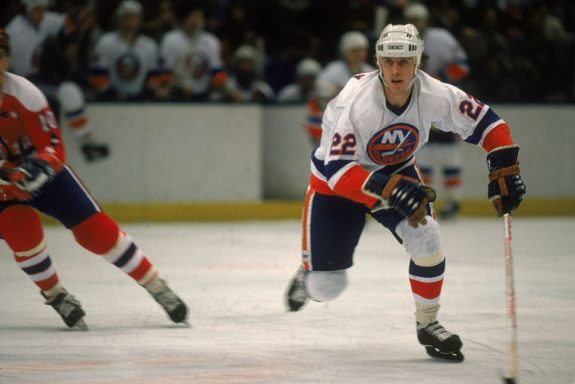
He was eventually scooped up by the archrival New York Islanders at No. 15. Who was he? Some guy by the name of Mike Bossy.
James Patrick, 9th, 1981
In a talented first round in which three eventual Hall of Famers were taken in the first eight picks, the Rangers did fine with James Patrick, a mobile defenseman who totaled 467 points in 671 games for them – and who was part of the trade that brought Steve Larmer to New York in 1993.
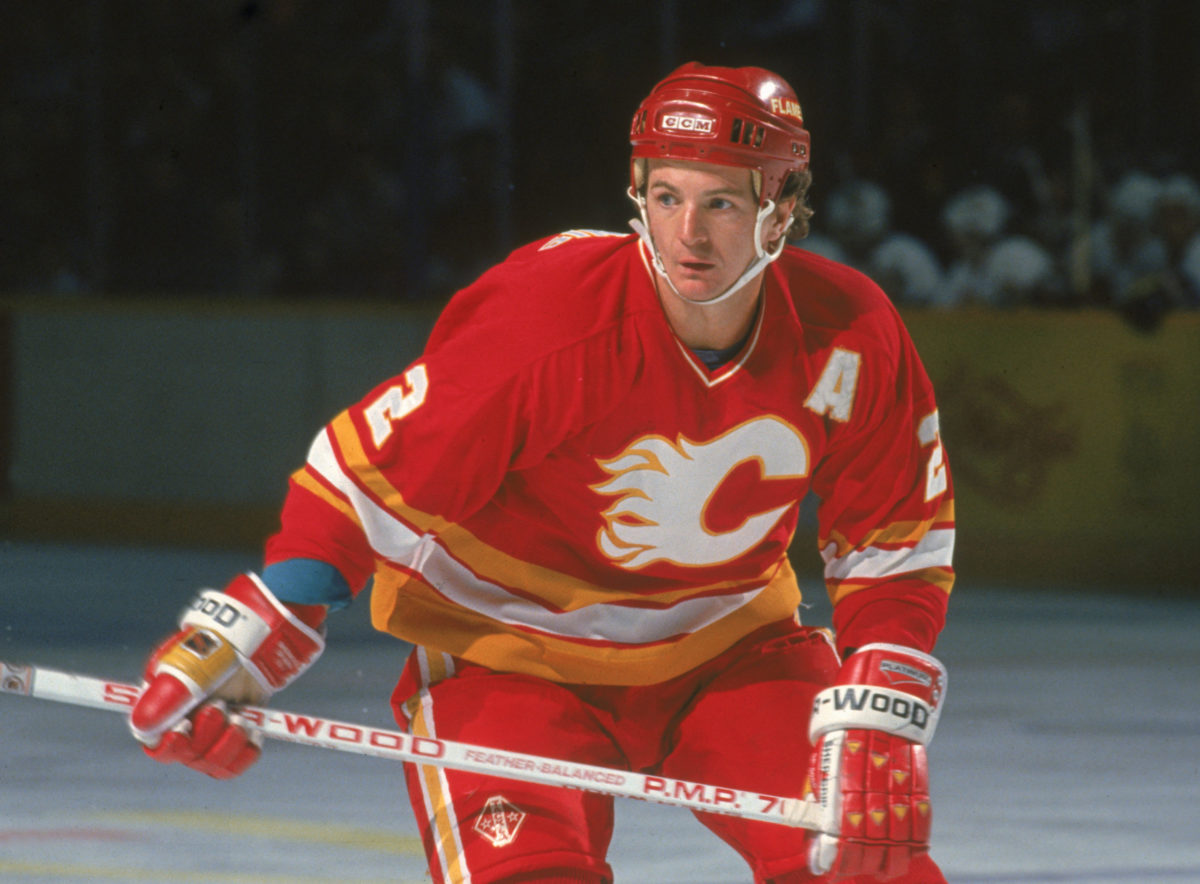
Still, they could have done much better in adding an offensive difference-maker on the blue line: Hall of Famer Al MacInnis went to the Calgary Flames six picks later.
Ulf Dahlen, 7th, 1985
Ulf Dahlen was a solid pick by the Rangers, with the left winger scoring 71 goals in nearly three seasons on Broadway. Yet he’s best remembered for being a part of one of the better trades in Rangers history, getting sent to the Minnesota North Stars on March 6, 1990, for Mike Gartner.
Related: Hurricanes of the 2010s – Where Are They Now?
Dahlen delivered 71 goals over the 1991-92 and 1992-93 seasons in Minnesota and finished his 14-year career with 655 points, but Gartner scored 173 goals in 322 games on Broadway, hitting the 40-mark in three-straight seasons.
Brian Leetch, 9th, 1986
The best of the bunch, Brian Leetch was a parting gift from highly-regarded general manager Craig Patrick in his final draft for the Blueshirts. Not much to say here – Calder Trophy, Norris Trophy, Conn Smythe Trophy, Stanley Cup champion, best defenseman in Rangers history and perhaps the best player in team history. He’s a first-ballot Hall of Famer, named one of the 100 greatest players in NHL history.
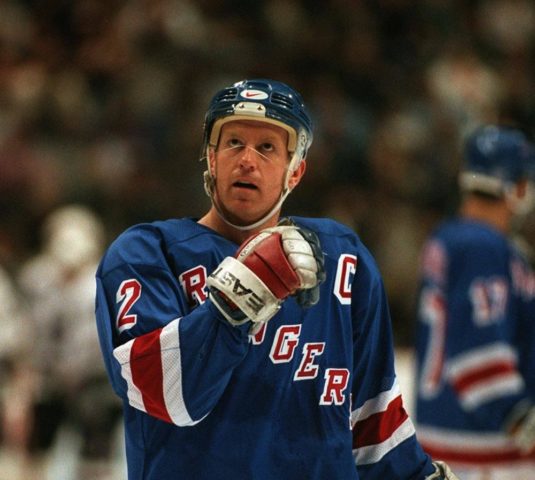
When you nail it, you nail it, even though the Rangers haven’t done that much with top-10 draft picks.
Jayson More, 10th, 1987
A year after taking Leetch, the Rangers reverted to their top-10 form with Jayson More, a middling defenseman who was agonizingly taken five spots ahead of Joe Sakic – a player who would elude the Rangers again 10 years later. More played two seasons with the Rangers over two separate stints, appearing in 15 games and recording one assist.
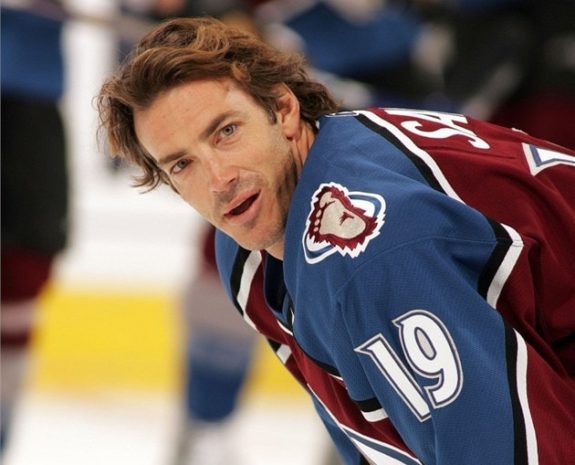
He went on to play 406 games with six teams over 10 seasons, five of them with the San Jose Sharks. His career stats: 18 goals, 54 assists and a minus-78 rating.
Niklas Sundstrom, 8th, 1993
Niklas Sundstrom played pretty well for the Rangers for four seasons, totaling 65 goals and 98 assists in 315 games before being traded to San Jose in 1999 – ironically as part of a deal that set up one of the Blueshirts’ biggest draft disasters ever (more on that later).
You may also like:
- Rangers Ink Some Minor, but Important Contracts
- Rangers News & Rumors: Shesterkin, Copp, Strome & More
- NHL Rumors: Canadiens, Flyers, Rangers, Oilers
- Rangers Need to Find a Reliable Third Defense Pair
- Rangers Should Pursue Blockbuster Trade for Patrick Kane
He played six more seasons for the Sharks and Montreal Canadiens, finishing with 117 goals and 232 assists. Sundstrom was a decent two-way player, but hardly an impactful one.
Manny Malhotra, 7th, 1998
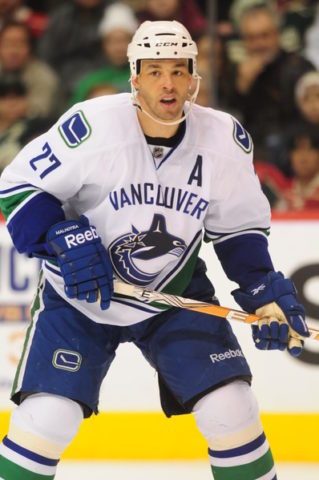
This pick had the potential to be significantly more, both for the Rangers and Manny Malhotra. The center went on to a 991-game NHL career for seven teams over 16 seasons as a solid defensive forward and standout faceoff man. Still, there’s no telling how much better he might have been had the Rangers, determined to show their fans they were committed to developing young players, not forced the issue and put him in the lineup for 73 games as an 18-year-old rookie on a rebuilding 1998-99 team.
Malhotra, traded by the Rangers to the Dallas Stars after three-plus seasons, didn’t establish himself as a solid NHLer until later in his career.
Pavel Brendl, 4th, 1999
The first round of this draft was a particularly weak one other than the Sedin twins, who were taken by the Vancouver Canucks with the two picks before Pavel Brendl. Still, this pick was an all-time fiasco, especially because general manager Neil Smith surrendered Sundstrom, goaltender Dan Cloutier and first- and third-round picks in 2000 to move up and take the Czech winger.
Brendl, a big-time goal scorer in juniors, never played for the Blueshirts, putting together a four-season NHL career with three teams and recording 13 goals in 50 games.
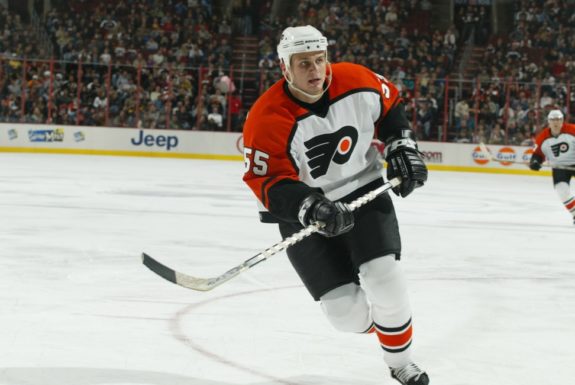
Brendl’s calamitous first Rangers workout has become the stuff of legend, and his utter lack of work ethic and resistance to coaching and playing defense became evident almost immediately. His only contribution to the team was being a part of the trade that brought Eric Lindros to New York in 2001.
The selection represented an abject failure of scouting, which proved not to be an anomaly when the club made its next selection of that first round.
Jamie Lundmark, 9th, 1999
That would be Jamie Lundmark, a pick who did actually play for the Rangers but managed 30 points in 114 games on Broadway. He played six years for five teams and recorded 40 goals and 59 assists, giving the Rangers two top-10 selections who contributed essentially nothing. The failure of those two, as well as Malhotra’s lack of success in New York, had plenty to do with the Rangers missing the playoffs from 1997-2004 and the dismissal of Smith, the architect of the 1994 Stanley Cup championship team, after the 1999-00 season.
Dan Blackburn, 10th, 2001
The goaltender’s timing was impeccable, as he was Mike Richter’s primary backup during the 2001-02 season when Richter’s struggles with post-concussion syndrome were leading him toward the end of his career. The highly-regarded Dan Blackburn, however, was unable to seize the opportunity, struggling with the dramatically increased workload while Richter was out. He finished the season with a 12-16-0 mark and 3.32 goals-against average.
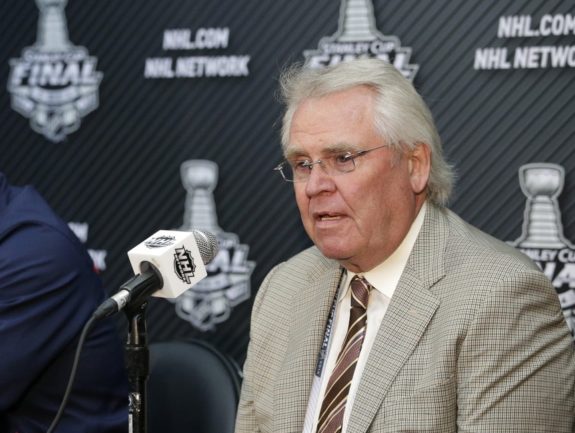
The Rangers added veteran Mike Dunham at midseason in 2002-03 as insurance, and he started 43 games to 32 for Blackburn, who went 8-16-4 with a 3.17 GAA. Blackburn then suffered a nerve injury to his shoulder in a training camp weightlifting mishap and missed the entire 2003-04 season before being forced to retire after two NHL seasons.
Al Montoya, 6th, 2004
While Blackburn’s timing for a shot at grabbing the Rangers’ No. 1 job in net was perfect, Al Montoya’s couldn’t have been worse. The Blueshirts tried again to find their goaltender of the future three years later with the selection of Montoya, who starred at the University of Michigan and with the U.S. National Team. The problem for him was that a seventh-round draft pick in 2000 by the name of Henrik Lundqvist had emerged as a rising star during his rookie season of 2005-06, going 30-12-9 with a 2.24 GAA.
Montoya never played for the Rangers as a result, getting traded to the then-Phoenix Coyotes in 2008 for three unremarkable players. He went on to a nine-year career with six teams, going 136-67-49 with a 2.65 GAA.
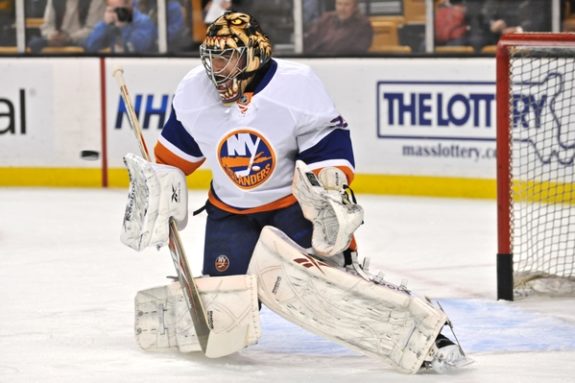
Though it’s little consolation, the true impact players of the top-heavy 2004 draft in Alex Ovechkin, Evgeni Malkin, Blake Wheeler and Andrew Ladd were gone by the time the Rangers picked.
Dylan McIlrath, 10th, 2010
A pick that made sense – if it was made 20 or 30 years earlier. The hulking, physical defenseman Dylan McIlrath would have been right at home in the ’80s or ’90s, but general manager Glen Sather, perhaps looking for his next Jeff Beukeboom, decided to use the 10th pick of the draft on the type of player whose time was nearing its end as the NHL became a predominantly speed-and-skating affair – especially from the blue line.
McIlrath played 38 games over four seasons with the Rangers and did provide a badly needed element of toughness, but he simply couldn’t keep up as the game grew faster around him.
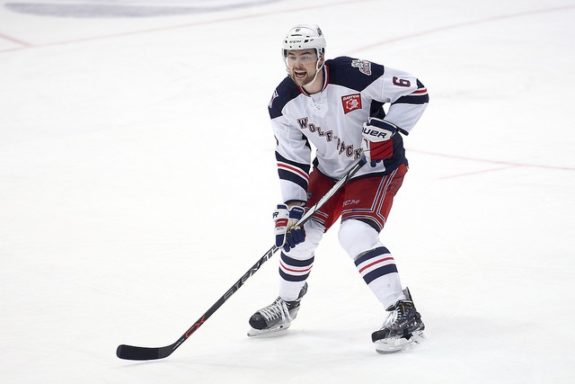
McIlrath was traded to the Florida Panthers in 2016-17 and has spent the last two seasons with the Detroit Red Wings, getting into 23 games. What makes this selection especially excruciating? Future All-Stars Cam Fowler (drafted 12th), Vladimir Tarasenko (16th) and Evgeni Kuznetsov (26th) were available.
Lias Andersson, 7th, 2017
This selection will likely always be a puzzling one for general manager Jeff Gorton. The Rangers drafted a player that few, if any, teams had rated that high and have paid a bigger price than they could have imagined.
It’s all well-documented now: Lias Andersson showed little to suggest he would develop into a quality NHL player in several auditions with the Rangers. After being sent down to the AHL earlier in the season and struggling with the Hartford Wolf Pack, the center quit the team in December 2019, returned to his native Sweden and requested a trade from the organization.
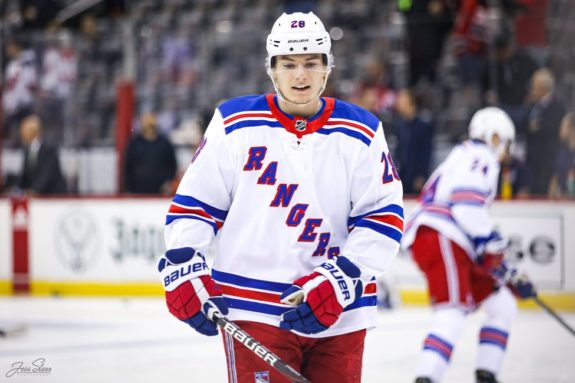
Rangers management made overtures to him and loaned him to HV71 of the Swedish Hockey League. The club, though, then cut bait and appeared to do a decent job salvaging some value from this mistake on the second day of the 2020 draft, trading Andersson to the Los Angeles Kings for a second-round pick, 60th overall. They used it to take power forward Will Cuylle.
Vitali Kravtsov, 9th, 2018
The Rangers might have reached for the second straight year with this pick, though Vitali Kravtsov’s potential looks to be much greater than Andersson’s. Still, the club watched as another top-10 choice proved utterly unready for the demands of developing into an NHL player: Despite outshining Kakko at the Traverse City tournament and impressing at the Rangers’ prospect camp before the 2019-20 season, Kravtsov failed to make the team and was sent to Hartford, where he struggled to translate his considerable offensive skills into success.
He then exercised a European Assignment Clause in his contract that October and returned to Traktor, his KHL team – which then demoted him to the remote VHL after a stretch of poor play.
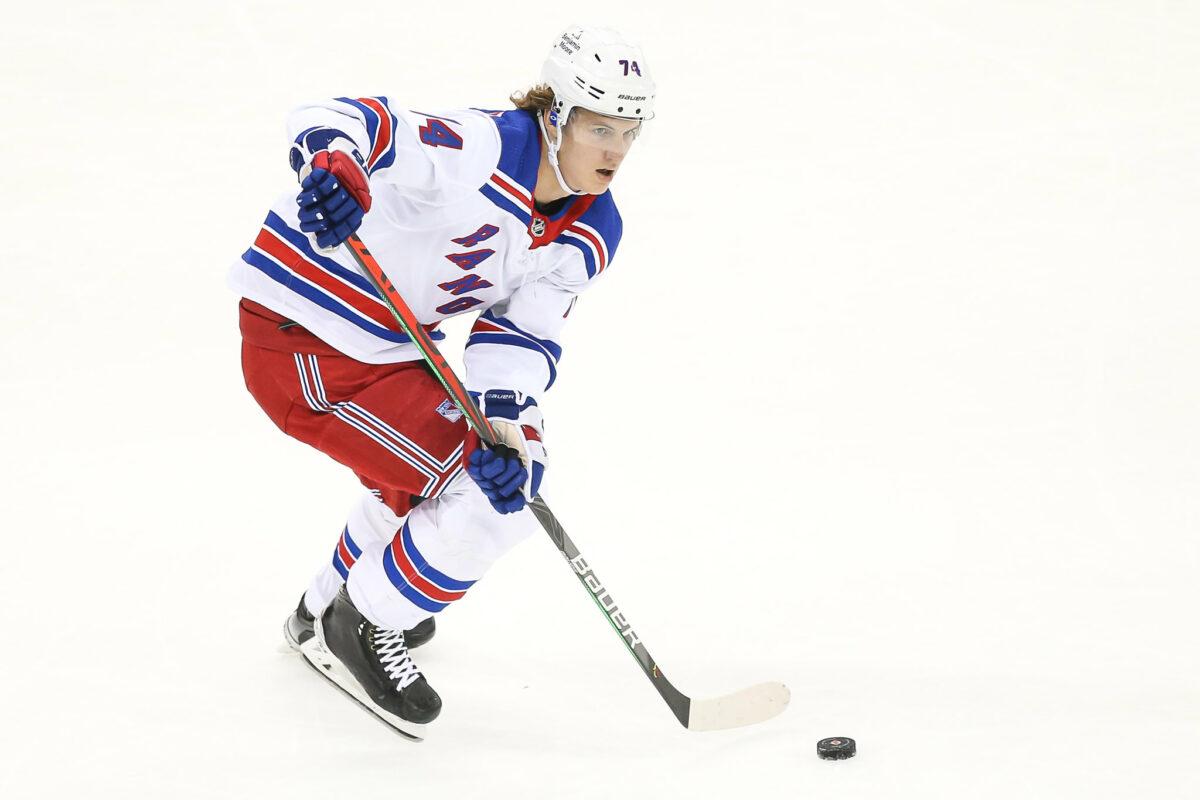
The Rangers, caught off guard by the latter event, moved to regain control of Kravtsov’s development and brought him back to Hartford last December. Kravtsov was starting to show signs of finding his game with the Wolf Pack before the coronavirus hit, and the 20-year-old seems to be on an upward trajectory now. With the NHL season’s starting point unknown at the time, the Rangers loaned him back to Traktor in late August, and he’s recorded nine goals and five assists in 30 contests while displaying a more complete, north-south game and better defensive presence.
Rebuilding Rangers Badly Need Kakko and Lafreniere to Buck Trend
The history is certainly intimidating for a high Rangers draft pick, though Kakko and Lafreniere were much more highly-regarded prospects than Andersson and Kravtsov. If there’s an encouraging omen for Kakko, it’s that the only other time the Rangers picked second overall, they came away with Hall of Fame defenseman Brad Park in 1966 (a major exception for this list worth noting, even though Park’s selection came before the aforementioned draft rules changes).
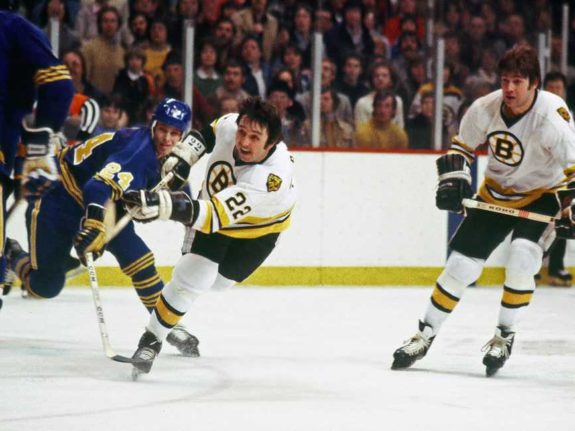
The only other time the Rangers drafted first overall was in 1965, again before the draft fundamentally changed in 1968. The Blueshirts selected Andre Veilleux, a player who never made it to the NHL.
The Rangers’ mostly ugly history of drafting in the top 10 includes major misjudgments of talent, career-ending injury, and even substance abuse. With the club in the midst of what has been a mainly impressive rebuilding effort, it badly needs Kakko and Lafreniere to follow the path of Leetch, Park and Vickers – and avoid the fate of the majority of misses on this ignominious list.
